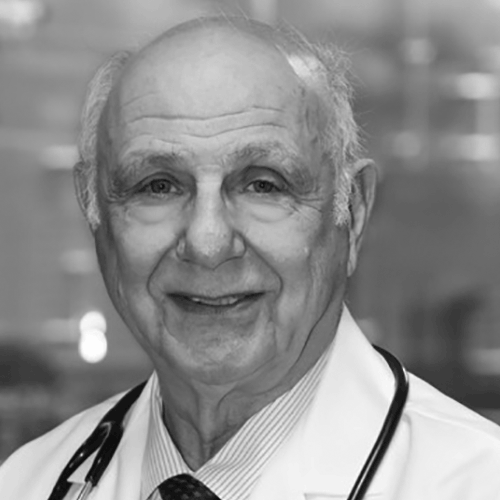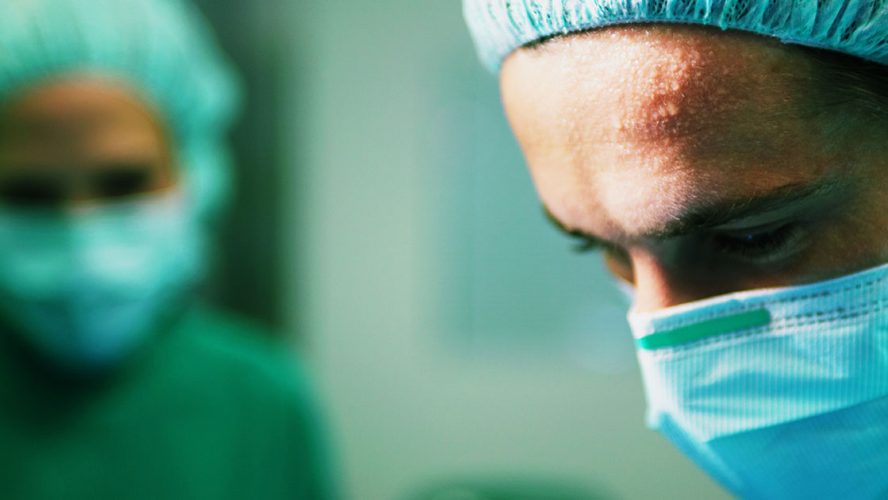Our panel of industry experts shed light on the importance of organ transplants, and the latest breakthroughs in treatment.

What is the one thing people don’t necessarily know about kidney transplant and donations?
The size and scope of the kidney donation program in the United States is much bigger and more complex than most people realize. In 2016, there were 33,600 renal transplants performed in the United States; of these 82 percent were the result of kidneys that were obtained from deceased donors. The recovery, safety and distribution of these crucial, lifesaving organs are carefully regulated by a federally sponsored and governed nationwide network called UNOS (United Network for Organ Sharing).
All 248 transplant programs and all 56 of the agencies responsible for recovering the organs function under the guidance of UNOS. The primary mission, consistent with the best American spirit, is to ensure maximum use and fair distribution of the kidneys to all individuals on the transplant list. Currently the total transplant recipient list numbers over 100,000 and of these approximately 70,000 are active (ready to receive a kidney at any time).
What do you see as the most significant innovation in the transplants/donor community the last few years?
From the perspective of deceased donor transplantation, the most significant change occurred in late 2014 when a new rating system for the quality of recovered organs was adopted on a nationwide basis. This system called the kidney donor profile index (KDPI) is a predictive modeling system regarding the likelihood of success and potential longevity of recovered organs.
Coupled with improvements in the short-term preservation of the organs and concessions to individuals who have antibodies to many potential donors, the transfer of kidneys regionally and nationally has improved. More efficient use of the organs and better access to transplantation has resulted.
With respect to living donation, widespread adoption of the much less invasive laparoscopic surgery to recover kidneys has improved the process and acceptability of living donation by cutting discomfort in reducing length of hospitalization for these heroic individuals.
Finally, there is a rising trend to individualize the medical regimens post-transplantation based on work at many centers which have demonstrated marked differences in the way drugs are handled depending on the race, sex and genetic typing of individual recipients. Hopefully, in the future, we will see the use of the smallest dose of medication required to get the desired effect of keeping the body from rejecting transplanted organ and thereby limit the toxic effect of the medications.
How has whole body donation led to advancements in the field of transplantation?
When most people think of transplantation they think of solid and intact organ transplants such as heart, liver, lung, kidney, pancreas or small bowel transplantation. But today transplants include in addition to the long established corneal transplantation face, limb, skin, heart valves and bone grafting have all been effectively employed to the benefit of recipients. Materials for some of these transplants can be recovered even hours after death of the donors; special processing of the individual tissue may no longer be perceived as foreign and can be utilized without the use of drugs that alter the immune system.

What is the one thing people don’t necessarily know about kidney transplant and donations?
The most common misconception of body donation is that organ transplants are the same as whole body donation. We are a non-transplant tissue bank. This means we do not take living organs and tissue and transplant into another live human body. Also with body donation, age and cancer are not a factor so you will find the acceptance rate to be much higher.
What do you see as the most significant innovation in the transplants/donor community the last few years?
Most impactful, I would say minimally invasive surgical techniques. Almost everyone in their lifetime will have some type of surgery. The new techniques are providing quicker recovery times with better patient outcomes.
One near and dear to my heart would be the artificial pancreas. My son is a Type 1 diabetic and the amount of responsibility that comes from it is tremendous. To aid in the process and extend life expectancy are critical in the success of these patients.
But with regard to innovation, let’s talk about the 3D-printing of body parts. This could revolutionize not only the donation industry but also patient choice. As technology continues to advance rapidly, we will see more and more fascinating breakthroughs.
How has whole body donation led to advancements in the field of transplantation?
Without cadaver training physicians could not successfully perform surgeries, know how to transplant organs, and develop life-changing medical devices. Body donation has also been a critical part of disease treatments, drug therapies, and the necessary research for evolutionary medical breakthroughs. Body donation impacts everyone. From your day to day doctor visits, to being on a surgery table, or administering medicine.

